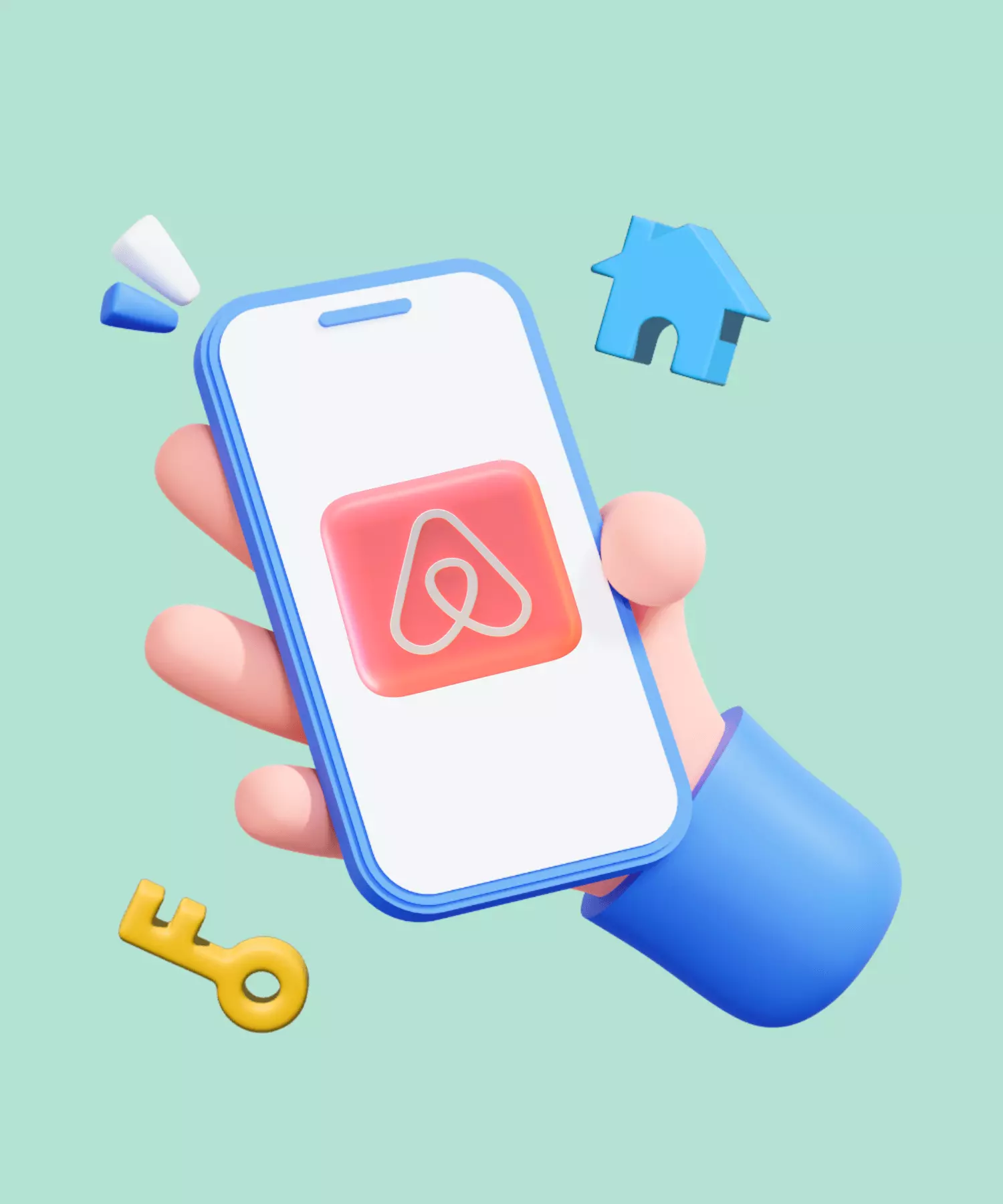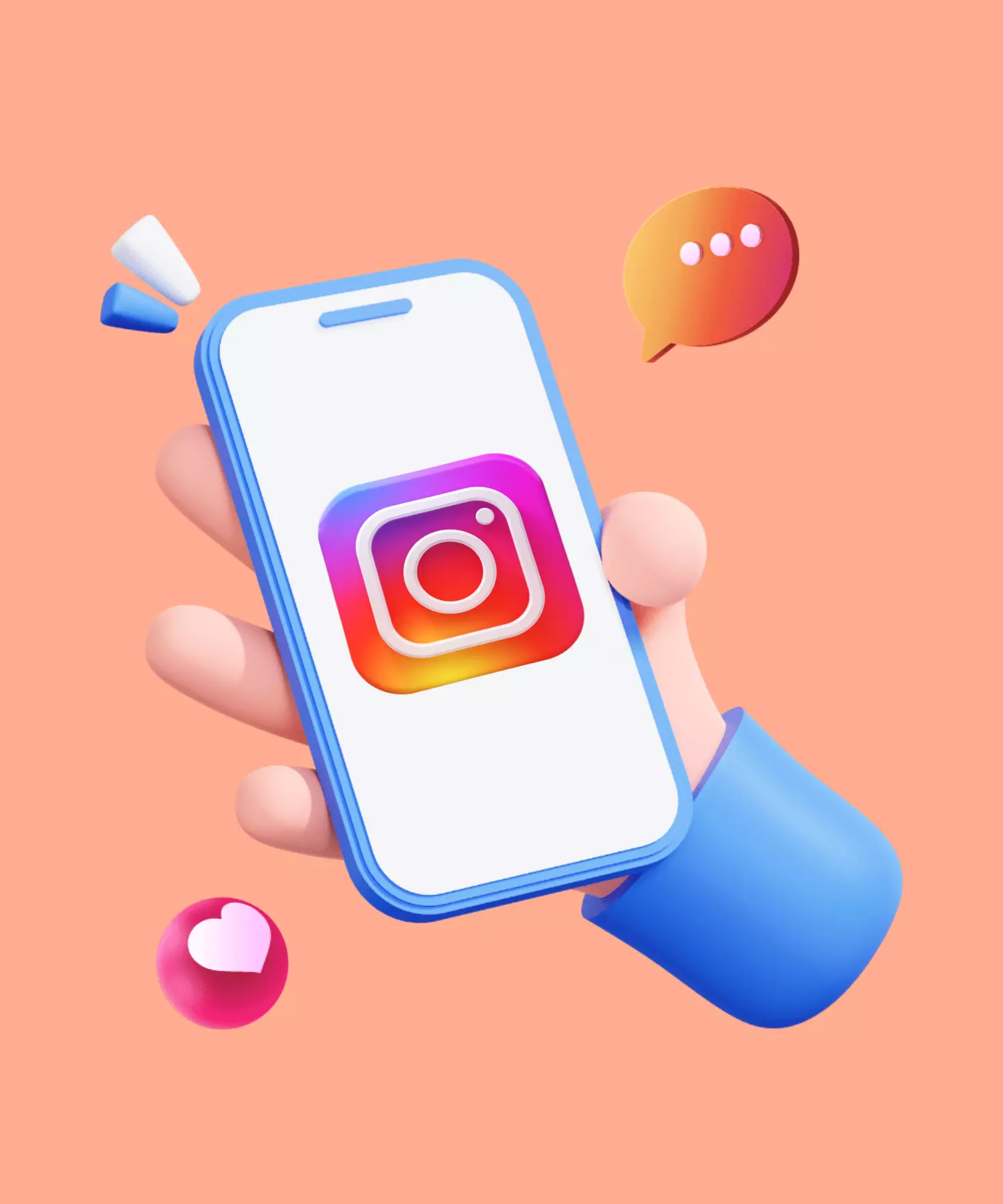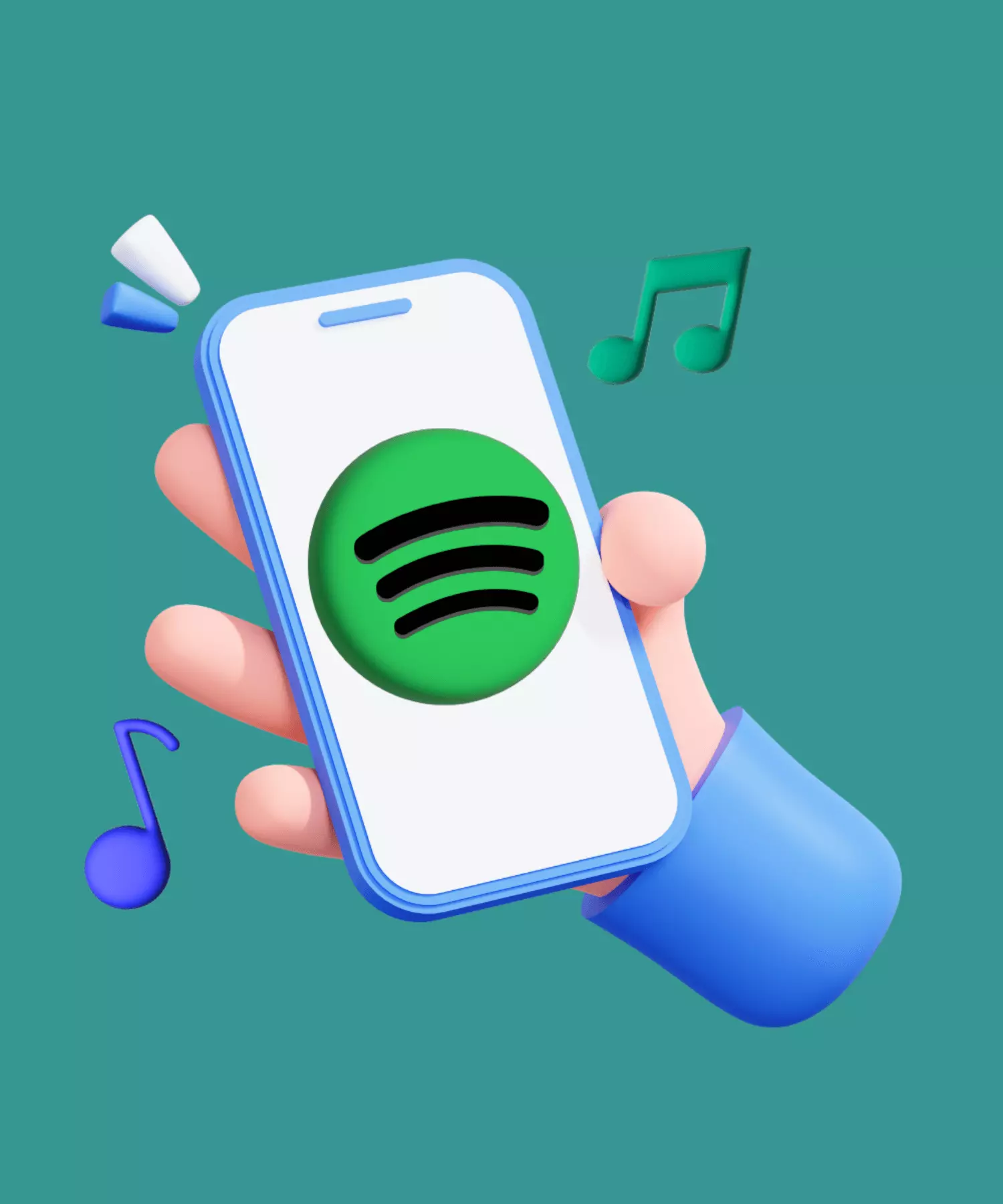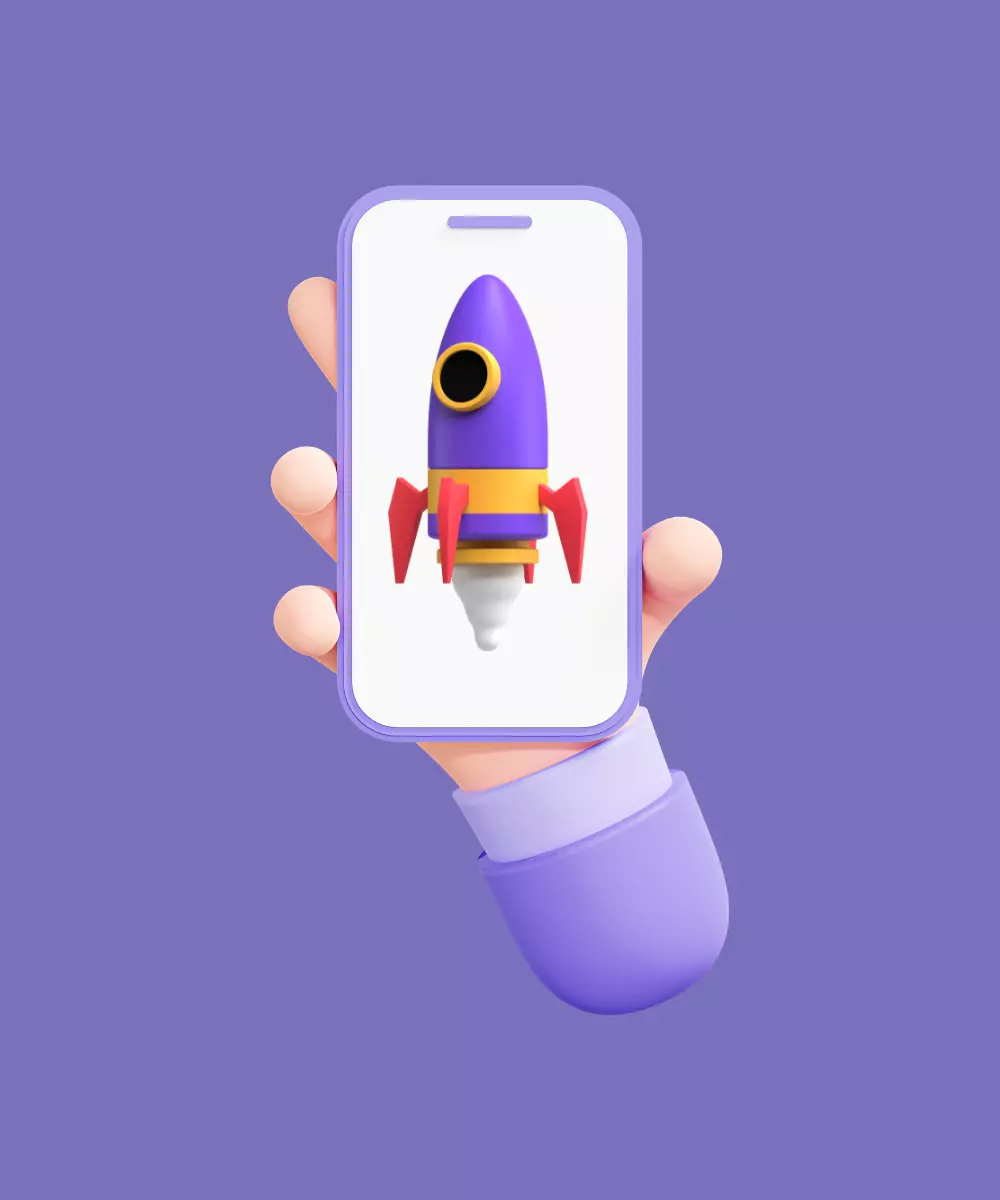In today's fast-paced digital landscape, building a mobile app can be a complex endeavor. However, there's a strategic approach that can significantly increase your chances of success while minimizing risks and costs: Minimum Viable Product (MVP) development. In this comprehensive guide, we'll delve into the world of MVP app development, exploring its importance, business benefits, key components, steps, tools, and real-world case studies.
Introduction
In the dynamic realm of mobile app development, where innovation and user expectations continue to evolve, the concept of the Minimum Viable Product (MVP) has emerged as a guiding star for both startups and established companies.
An MVP, in its essence, is the most elemental form of your mobile app—a skeletal structure that harbors only its core features. It's a calculated, strategic choice to create an app with the bare minimum functionalities necessary to deliver value to your users. The MVP approach follows the "build, measure, learn" philosophy, an iterative process where you create the simplest version of your app, gather user feedback, and iteratively enhance it.
In 2024, the app market is a vibrant ecosystem teeming with innovation, competition, and discerning users. It's an arena where success is not guaranteed, and failure can be costly. This is precisely where the MVP approach shines.
As we journey through this guide, we'll explore every facet of MVP app development, from its profound business benefits to the tactical steps required to create an MVP. By the end of this guide, you'll have the knowledge and confidence to embark on your MVP journey, guided by the principles of precision and purpose.
Business Benefits of MVP Development
In the high-stakes world of mobile app development, where every pixel and line of code carries a cost, choosing the MVP development path can be a strategic masterstroke for businesses of all sizes. While the technical and design aspects of an MVP are crucial, its business benefits shine brightly and offer a multitude of advantages. Let's explore these benefits through real-world examples:
Idea validation
Before committing substantial resources to a full-scale app development project, the first critical question to answer is, "Is my idea viable?" MVP development provides a reliable compass for navigating this uncertain terrain. By creating a simplified version of your app, you can put your concept to the test.
Example: Airbnb started by offering air mattresses in a living room, validating the concept of shared accommodations. This approach helps you test your idea in the real world before committing extensive resources.

Cost efficiency
Developing a feature-rich app from the get-go can be financially prohibitive, especially for startups and small businesses. MVP development is the antidote to this budgetary dilemma. By zeroing in on the essential features and avoiding the temptation to add every conceivable bell and whistle, you can significantly reduce initial development costs.
Example: Dropbox began with basic file sharing, saving development costs. They expanded features gradually, aligning them with user needs as they grew. MVPs prioritize core functionalities, making efficient use of resources.
User feedback
One of the most powerful aspects of MVP development is its ability to establish a direct line of communication with your target audience. Early user feedback is gold in the app development world. By releasing a simplified version of your app, you invite users to experience it and share their thoughts, pain points, and suggestions.
Example: Instagram initially focused on photo-sharing. They evolved based on user feedback, ensuring a user-centric approach. Early feedback drives improvements, increasing user satisfaction and loyalty.

Competitive edge
In today's app-saturated world, getting noticed can be a herculean task. MVP development grants you a strategic advantage by allowing you to enter the market swiftly and adapt to changing conditions. Being among the first to address a specific need or problem gives you a competitive edge.
Example: Uber launched with basic ride-hailing services, gaining a competitive edge. They expanded their offerings over time while already having a user base. MVPs help you enter the market swiftly and adapt.

Key Components of an MVP
To create a successful MVP, you must understand its key components. Let's break them down to ensure you're on the right track:
Core features
Defining core features is your MVP's foundation. These are the functionalities that are indispensable for your app to address the user's primary problem or need. Identifying them can be a challenging but vital task.
Usability
An MVP doesn't mean compromising on user experience. In fact, usability is paramount. The user interface should be intuitive, guiding users seamlessly through your app's core functions. Your app might have only a handful of features, but they should be presented in a way that users find easy to navigate. Think of it as a well-designed road with clear signposts.
Scalability
While focusing on the MVP, always plan for scalability. Think about the future. How will your app grow? What additional features will you introduce? Scalability doesn't mean building everything now but setting the stage for it. Choose a robust architecture that can accommodate new features and a growing user base. Scalability prevents costly rewrites down the road.
Feedback loop
An MVP thrives on user feedback. Building effective feedback channels is essential. It's like having road signs that tell you if you're heading in the right direction. Implement features like in-app surveys, feedback forms, or direct user communication. Collecting feedback early and consistently will guide your app's evolution.
Steps to Developing an MVP
Creating a successful MVP is a well-structured journey that involves several crucial steps. By following these steps diligently, you can navigate the path to MVP development with confidence and precision.
1. Idea generation
Every great app begins with a compelling idea. Start by brainstorming and researching to identify a problem or need that your app can address. Consider your target audience and market trends. Look for gaps and opportunities that your app can fill. It's essential to have a clear and innovative concept before proceeding.
2. Market research
Thorough market research is the next critical step. Analyze the competition to understand what's already out there. Identify potential competitors and their strengths and weaknesses. Delve into user preferences and behavior. What do users like or dislike about existing solutions? This information will help you refine your idea and positioning.
3. Feature prioritization
Now, it's time to prioritize features. Define the core functionalities your app must have to solve the identified problem or fulfill the need. These are the heart of your MVP. List additional features that could enhance your app but aren't essential at this stage. This prioritization ensures that you focus on what matters most.
4. Development
With a clear idea, market research, and feature priorities, it's time to start development. In the world of Flutter mobile app development in 2024, you have powerful tools and frameworks at your disposal. Leverage the capabilities of technologies like Flutter to bring your app to life efficiently.
5. Testing
Once your MVP is developed, it's crucial to test it rigorously. Release it to a select group of users or beta testers. This phase is not just about identifying bugs; it's about gathering real user feedback. Understand how users interact with your app and what they like or dislike. This feedback will be invaluable in making improvements.
6. Iteration
After receiving feedback, it's time to iterate. Analyze the data and comments from users. Identify areas for improvement and enhancements. Use this iterative process to refine your MVP, making it more user-friendly and valuable.
7. Scaling
Once your MVP has undergone testing and iterations, and it's well-received by users, you can start thinking about scaling. This is when you expand your user base and introduce additional features or functionalities. Scaling is a natural progression that follows the successful launch of your MVP.
Tools and Platforms for MVP Development in 2024
In the dynamic landscape of mobile app development, choosing the right tools and platforms is paramount. As we step into 2024, there are several robust options available to streamline your MVP development process for Flutter mobile apps. Let's explore some of the key tools and platforms you should consider:
Flutter: your MVP development powerhouse
Flutter, developed by Google, stands as a standout choice for MVP development in 2024. This open-source UI framework allows you to build natively compiled applications for mobile, web, and even desktop platforms from a single codebase. Its rich set of pre-designed widgets, hot reload feature for rapid testing and updates, and a vibrant developer community make it an excellent choice for efficient app creation.

Firebase: the backend muscle for your MVP
Firebase, also from Google, is a comprehensive mobile and web application development platform. It offers a suite of tools for various aspects of app development, including real-time database, authentication, cloud functions, and more. For MVP development, Firebase's backend services can be a game-changer, providing you with a scalable infrastructure to support your app's functionality.

Dart: language that powers Flutter
Dart is the programming language used in Flutter development. It's known for its simplicity, efficiency, and ease of learning. If you're considering Flutter for your MVP, familiarizing yourself with Dart is essential. Its concise syntax and robust type system make it well-suited for rapid app development.
GitHub: collaboration and version control
Collaboration and version control are vital aspects of MVP development. GitHub, a widely-used platform, provides a strong foundation for managing your codebase, collaborating with team members, and tracking changes. It ensures that your project remains organized, and you can easily revert to previous versions if needed.
Case Studies: Successful MVPs
Exploring real-world success stories can provide invaluable insights into the potential of MVP development. Here, we'll dive into a few additional case studies to illustrate how various businesses started with MVPs and later achieved remarkable success:
Spotify
Spotify, the globally renowned music streaming platform, began its journey with an MVP. Initially launched in a limited geographic area, the MVP offered basic music streaming features, such as playlists and song selection. Over time, Spotify expanded its library and functionalities, transforming into a global powerhouse in the music streaming industry. Its MVP allowed it to test user engagement and refine its offering.
Key takeaway: Spotify's MVP emphasized essential features and gradual expansion. Starting small and refining their product based on user behavior enabled them to achieve massive success.

Slack
Slack, a leading team collaboration tool, started as an MVP with a focus on one core feature: team messaging. This simple but effective concept gained traction quickly, and the platform iteratively added features like channels, file sharing, and integrations. Today, Slack is an integral part of countless workplaces worldwide.
Key takeaway: Slack's MVP centered on solving a single problem exceptionally well. It showed that starting with a basic, well-executed concept can lead to widespread adoption and growth.
Dropbox
Dropbox, a pioneer in cloud storage and file sharing, launched its MVP with a basic file-sharing feature. Users could upload files and share them with others. The MVP allowed Dropbox to gauge user interest and refine its product. Gradually, it introduced features like automatic file syncing and collaboration tools, becoming a trusted cloud storage platform.
Key takeaway: Dropbox's MVP proved the value of a simple but efficient concept. User feedback guided feature expansion, demonstrating the power of MVP-driven evolution.
Tinder
Tinder, the popular dating app, is a quintessential MVP success story. It began as a straightforward app for matching people based on their profiles and location. The concept gained rapid popularity, and Tinder continued to enhance its features, incorporating swiping, messaging, and more. Today, Tinder is synonymous with modern dating.
Key takeaway: Tinder's MVP showcased the importance of a user-friendly core concept. Starting with a basic idea and iterating based on user engagement led to significant market impact.

Instagram, a social media giant, initially focused solely on photo sharing. Its MVP allowed users to snap photos, apply filters, and post them. This simple concept resonated with users, and Instagram gradually introduced video sharing, Stories, and more features. It's now one of the most influential platforms for visual content.
Key takeaway: Instagram's MVP proved the effectiveness of a niche-focused concept. By mastering one aspect of social media (visual storytelling), it expanded its features and user base over time.

Mistakes to Avoid in MVP Development
While MVP development can be a game-changer, it's not without its pitfalls. Avoiding common mistakes is crucial to ensure your MVP's success. Let's delve into these potential pitfalls and how to sidestep them:
Overloading features
- Mistake: One of the most significant mistakes in MVP development is trying to pack too many features into the initial release. It's easy to get carried away with exciting functionalities, but this can lead to bloated, complex, and costly MVPs that miss the mark.
- Solution: Prioritize ruthlessly. Identify the core features that align with your app's primary purpose. Leave out the bells and whistles for future iterations. By starting with a lean MVP, you not only save development time and resources but also keep the focus on what truly matters.
Ignoring user feedback
- Mistake: Neglecting user feedback is a cardinal sin in MVP development. Your app's success hinges on understanding and adapting to user needs. Ignoring feedback can lead to missed opportunities for improvement.
- Solution: Create clear channels for user feedback. Implement in-app surveys, feedback forms, or direct communication options. Actively listen to what users have to say, and use their insights to guide your app's evolution. Remember, your MVP is not set in stone; it's a flexible foundation for growth.
Rushing to market
- Mistake: The urge to be the first to market can lead to hasty MVP launches. Releasing an app with critical flaws or a poor user experience can tarnish your brand and deter potential users.
- Solution: Prioritize quality over speed. Ensure that your MVP is well-polished and free from major issues. Test thoroughly to catch and rectify any bugs. A delayed but high-quality release is often better than a rushed, subpar launch.
Lacking a clear vision
- Mistake: Not having a long-term vision for your app can be detrimental. Without a roadmap, you risk building an MVP that lacks direction and may struggle to grow beyond its initial state.
- Solution: Plan for the future. While your MVP should be minimal, have a vision for how it will evolve. Consider the next steps and features that align with your app's purpose. A clear vision ensures that your MVP serves as a stepping stone to a more comprehensive product.
Neglecting scalability
- Mistake: Focusing solely on the MVP's immediate needs without considering scalability can lead to a major roadblock as your app gains traction. Inadequate scalability can result in downtime, slow performance, and a poor user experience.
- Solution: Architect for growth. Choose a scalable infrastructure that can handle increased user activity and feature expansions. Ensure that your app's backend and database can accommodate future demands without major overhauls.
Next Steps of MVP
Your MVP is live, and users are engaging with it. Now what? The post-MVP phase is as critical as the development stage. Here, we'll explore the next steps of MVP, focusing on applied product steps to ensure your app's continued growth and success:
1. Data analytics and monitoring
Implement robust data analytics and monitoring. Tools like Google Analytics or Firebase Analytics can provide invaluable insights into user behavior. Monitor key metrics such as user engagement, retention rates, and conversion funnels. Analyzing this data helps you understand how users interact with your app and identify areas for improvement.
2. User feedback loop
Continue to cultivate the user feedback loop. Encourage users to provide feedback directly within the app or through surveys. Consider implementing a rating and review system. Regularly review and act on this feedback to address user concerns and refine the user experience.
3. Feature expansion
Based on user feedback and your initial vision, expand your app's features strategically. Gradually introduce additional functionalities that enhance the user experience and align with your app's purpose. Maintain a balance between feature-richness and simplicity.
4. Performance optimization
Optimize performance continually. As your user base grows, ensure that your app remains responsive and reliable. Address any performance bottlenecks promptly to maintain a smooth user experience.
5. User engagement strategies
Develop user engagement strategies to keep users active and invested in your app. Implement push notifications, in-app messaging, and personalized content to re-engage users who may have become dormant. Create features that encourage daily or frequent use.
6. A/B testing
Experiment with A/B testing to optimize various aspects of your app, such as user interface elements, feature placements, or marketing messages. A/B testing allows you to make data-driven decisions by comparing user responses to different variations.
7. Marketing and promotion
Develop a marketing and promotion strategy to expand your user base. Utilize app store optimization (ASO), social media marketing, content marketing, and paid advertising to reach a broader audience. Highlight the unique value propositions of your app.
8. Community building
Consider building a community around your app. Encourage user interactions, feedback sharing, and user-generated content. Engaging users in a community fosters a sense of belonging and can lead to organic growth through word-of-mouth.
Conclusion
In closing, this guide has illuminated the path to MVP development—a strategy that empowers you to create impactful apps efficiently. Armed with the knowledge of MVP components, common mistakes to avoid, and post-MVP steps, you're primed for success.
Remember, MVP isn't the final stop; it's the beginning. After your MVP is live, embrace data, user feedback, and smart feature expansion. Continuously optimize performance, engage users effectively, and leverage marketing strategies.
At What the Flutter, we specialize in MVP development using Flutter, and we're here to guide you on your journey. If you have an idea or are already in the midst of MVP development, reach out to us.
Your success story starts with an MVP. Take that crucial first step today. Let's build something extraordinary together!












